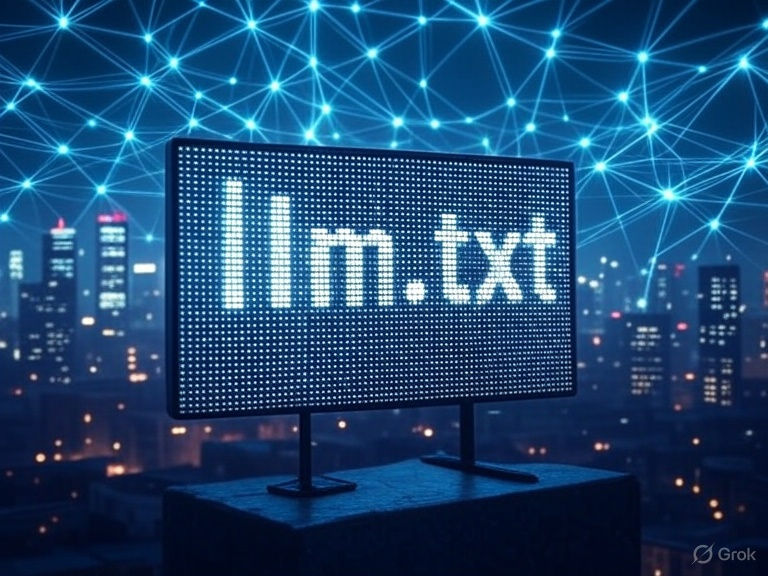The Power of the Bandwagon Effect in Marketing: Boosting Sales with Social Influence
- Shivani

- Jan 31
- 3 min read

Recent Coldplay concerts in India are the perfect example of the bandwagon effect—one person buys a ticket, posts about it, and suddenly, everyone feels they must go. Prices soar, tickets vanish, and even non-fans start singing Fix You. By the time it’s over, those who missed out are already gearing up for the next one!
The Bandwagon Effect is a psychological tendency where people start following a behaviour, belief, or trend simply because others are doing it. This urge to conform comes from the desire to fit in, along with the belief that if many people are engaging in something, it must be the right or popular choice.
The term originates from political campaigns in the 19th century when candidates would use literal bandwagons (decorated wagons with musical bands) to attract crowds. Over time, psychologists and economists studied this behaviour in decision-making and consumer trends.
The Bandwagon Effect can be seen in many areas of life, including marketing, politics, and social trends. For example the trend of loose-fitting jeans is a great example of the Bandwagon Effect. Initially, skinny jeans were the dominant style, but as more people started wearing loose jeans, it quickly became the new "in" trend.
Another popular example of the Bandwagon Effect can be seen in the recent trend of concert culture in India. As more and more people attend live concerts and share their experiences on social media, others feel compelled to join in. The excitement and buzz created by these events make people want to be part of the crowd, even if they were not originally interested in attending concerts.
How it is used in Marketing to boost sales
In marketing, brands use the Bandwagon Effect to boost sales by making products look popular. For example, a clothing brand might label an item as a "Best Seller," or show customer reviews to make it seem like everyone is buying it. When people see that others like a product, they’re more likely to want it too. It creates a sense of FOMO (Fear of Missing Out), encouraging them to buy before it’s gone. This simple tactic helps increase sales by tapping into our natural desire to fit in. Here are some of the Bandwagon techniques used by marketers to influence the sales of their product .
1. Social Proof & Customer Testimonials
People often trust the experiences of others when deciding what to buy. Brands take advantage of this by showing customer reviews, ratings, and testimonials to build trust. When potential buyers see positive feedback on sites they feel more confident that the product is good. Social proof also includes customers sharing their experiences on social media, which can encourage their friends and followers to try the product.
2. Limited Stock & Bestsellers
E-commerce platforms and retailers use labels like “Bestseller,” “Trending Now,” or “Only a Few Left in Stock” to create urgency. When consumers see that an item is in high demand or running out, they are more likely to make a quick purchase, fearing they might miss out on something valuable. This technique, often combined with scarcity marketing, plays on the natural human tendency to value items that others also desire.
3. Influencer & Celebrity Endorsements
Brands collaborate with influencers, celebrities, and industry experts to create the perception that their product is widely accepted and trusted. When people see their favourite celebrities or influencers using a product, they feel encouraged to buy it themselves. For example, a skincare brand partnering with a famous beauty influencer can significantly boost sales, as fans want to replicate their idol’s lifestyle.
4. FOMO (Fear of Missing Out) & Viral Trends
Marketers make products seem special or part of a trend to create excitement. They use things like limited-time discounts, flash sales, and viral challenges to get people to buy quickly. The fear of missing out (FOMO) pushes people to buy, even if they weren't planning to. Brands like Nike and Supreme take advantage of FOMO by releasing limited-edition items that sell out fast, making them more appealing.
Conclusion
The Bandwagon Effect is a powerful marketing tool that taps into people’s desire to belong and make decisions based on social influence. By showcasing popularity through social proof, scarcity, influencer endorsements, and FOMO-driven campaigns, businesses can effectively boost sales and increase brand loyalty.




Comments